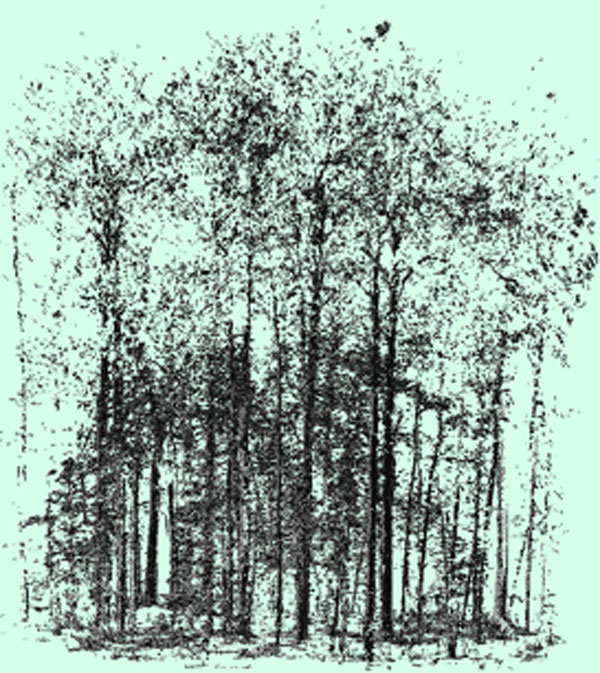Light detection and ranging (lidar)
Cutting-Edge Sensor & Technology Applications

IGEP Investigators: V. Thomas, R. Wynne, and L. Abbott
We have a number of projects utilizing terrestrial, airborne, and satellite-based lidar, both analog and photon counting. Our primary research focus has been in the use of lidar to characterize forest 3-dimensional vegetation structure, as well as the detailed terrain beneath the forest canopy. We work on topics such as:
- lidar data processing algorithms
- individual tree detection and characterization
- prediction of forest inventory variables (height, basal area, stem density, above ground biomass, etc.)
- characterization of the light regime on below the canopy and its impacts on canopy carbon exchange
- relationships between canopy structure and physiology (see Data Fusion)
- microtopography to better delineate wetland features
- using lidar to parameterize 3-D radiative transfer models
- noise removal algorithms to prepare for ICESAT II photon counting lidar
We also offer a PhD-level class on Forestry Lidar Applications, where graduate students can get hands-on practice with the above topics.


